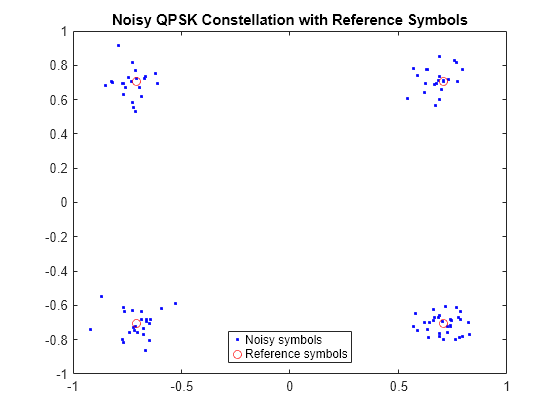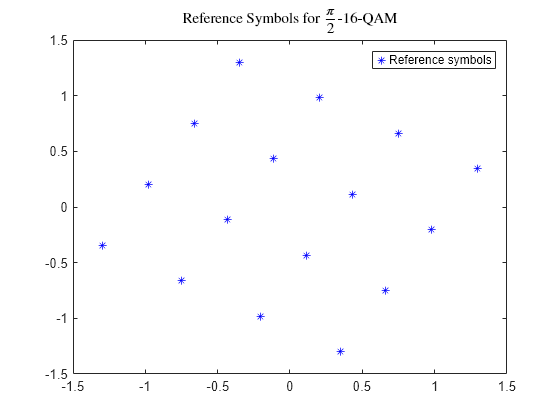wlanReferenceSymbols
Reference symbols of constellation diagram
Syntax
Description
refSym = wlanReferenceSymbols(cfg,userNumber)userNumber in a multiuser (MU) transmission specified by MU
configuration object cfg.



